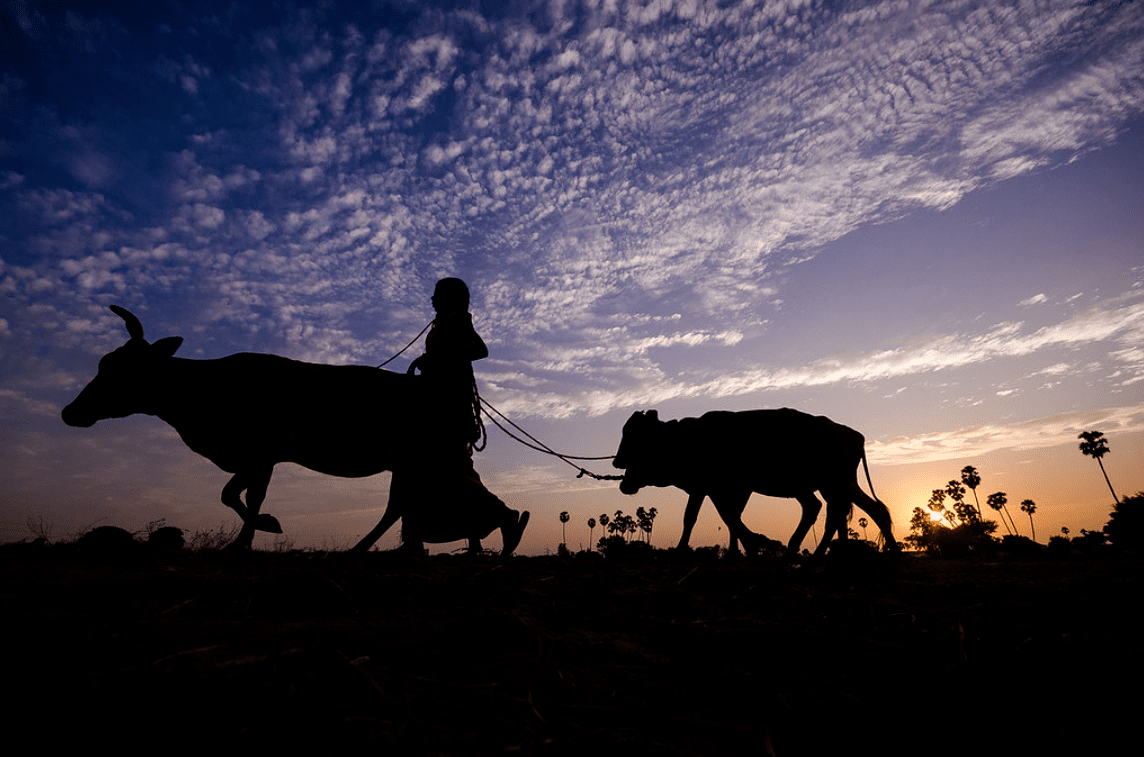
Gauchar lands in India are community grazing lands that have been used for centuries by rural communities for their livestock to graze. These lands play a significant role in the rural economy of India, as they provide a source of livelihood for many people. The conservation of gauchar lands is an important aspect of sustainable development, as it helps to promote ecological balance, support sustainable livelihoods, and preserve traditional cultural practices.
The protection of gauchar lands is closely linked to the concept of conservation of commons, which emphasizes the sustainable use and management of shared natural resources. Gauchar lands are common property resources that are managed by communities. The conservation of gauchar lands involves the sustainable use and management of these resources, which is an important aspect of the conservation of commons.
The preservation of gauchar lands is also linked to several Sustainable Development Goals (SDGs). For example, SDG 1 (No Poverty), SDG 2 (Zero Hunger), SDG 6 (Clean Water and Sanitation), SDG 11 (Sustainable Cities and Communities), and SDG 15 (Life on Land) are also closely linked to the conservation of gauchar lands. By conserving and managing shared resources in a sustainable way, we can help to achieve these goals and create a better future for all. Let's explore this in more detail.
SDG 1: No Poverty - The conservation of gauchar lands can help to reduce poverty by providing communities with a source of livelihood through livestock rearing. Gauchar lands offer free grazing lands to the livestock of rural communities, which reduces the cost of feed and increases the income of farmers. Additionally, communities can sell their surplus milk and other livestock products in the market, generating additional income.
SDG 2: Zero Hunger - It can help to achieve food security by providing communities with access to grazing lands for their livestock. Livestock rearing is a significant source of food for rural communities, and gauchar lands provide free grazing lands for livestock, reducing the cost of feed and increasing the availability of food for the communities.
SDG 6: Clean Water and Sanitation - Gauchar lands can help to achieve clean water and sanitation by promoting sustainable land use practices. Gauchar lands act as natural water catchment areas, and the conservation of these lands can help to recharge groundwater, prevent soil erosion, and reduce soil pollution caused by chemical fertilizers and pesticides.
SDG 11: Sustainable Cities and Communities - These lands can help to achieve sustainable cities and communities by promoting ecological balance, supporting sustainable livelihoods, and preserving traditional cultural practices. The conservation of gauchar lands can help to maintain biodiversity and promote sustainable land use practices, which are essential for the health and well-being of communities.
SDG 15: Life on Land - The conservation of gauchar lands is closely linked to this goal because these lands provide a habitat for a variety of flora and fauna. Gauchar lands act as grazing lands for livestock, but they also support a range of biodiversity and ecosystem services, such as carbon sequestration, soil fertility, and water regulation.
The conservation of gauchar lands also involves the preservation of traditional knowledge and cultural practices related to livestock rearing and natural resource management. By preserving these practices, communities can maintain their cultural identity and promote sustainable development.
In conclusion, the conservation of gauchar lands in India is a crucial aspect of sustainable development. By promoting sustainable land use practices, conserving gauchar lands, and supporting traditional cultural practices, we can create sustainable communities that are resilient and thrive. The conservation of gauchar lands connects communities, commons, and sustainable development goals, and it is essential to achieve a better future for all.
